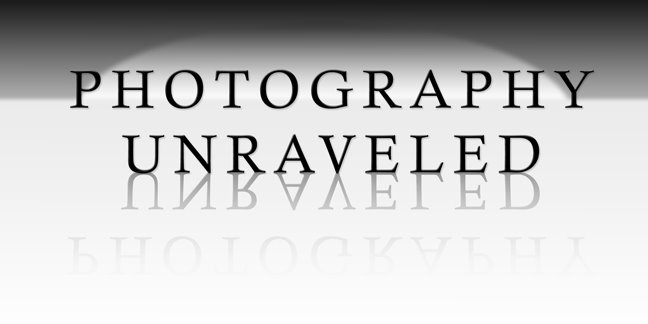Every camera comes with a built in metering system, DSLR's and point and shoots. And every camera generally has the same three modes within the metering system; Evaluative/Matrix, metering, Center-weighted metering, and Spot metering. If you dig around in your camera's menu, you should find a place to change between these modes. Some cameras even have a dial on the body of the camera to change these. Each has a symbol that describes which mode you have your camera set to:

Take a look to the left of the AE-L/AF-L button on this camera, and notice those three symbols. Those are the symbols for the different metering modes. The top is the symbol for Center-weighted metering, the middle is Evaluative, and the bottom is for Spot metering (bet you couldn't have figured that last one out by yourselves).
Evaluative or Matrix Metering: Evaluative metering mode reads the available light from several different spots in the frame (the number of these spots varies from camera to camera) and decides on an average exposure for all of these areas. It considers almost all of the frame.
Center-weighted Metering: This mode looks at only the center of the frame to see what light it's dealing with. Some cameras have the ability to change the size of this area from a larger to a smaller area.
Spot Metering: Spot metering only looks at a very small area within the image. This spot can be changed to any one area within the frame.
Let me do some visuals to illustrate. Let's say you were asked to shoot a big family picture for some friends. This was quite a difficult lighting situation. It was around 11 in the morning and the sun was high in the sky, shining bright. The sun was really too bright and too high in the sky to shoot the family out in the sunlight (they would have had "raccoon eye" shadows) so you decide to shoot them in the shade. The only problem was that there weren't any spots that were completely in the shade. The bright sun was always showing in one area or another. This picture has very bright sun in the background, and then darker shadow areas that the family was standing in, which area is quite a bit darker than the sunlit areas. So, which mode would be you set your camera to? Evaluative right? Since there was a little bit of bright and a little bit of dark? Think again.

This is how Evaluative metering would have looked at the picture (the shaded areas are what it would be looking at). It would have considered that in the background there were really bright areas, and that there were also shadow areas that were quite a bit darker, and it would have tried to settle on an average of the two. Had you followed this seemingly wise guidance, you would have shot with a faster shutter speed, thus making the sunlit areas less bright, with more detail, but sacrificing the subjects in order to do this. They would have been way too dark, and since they're the main focus, this mode would not have worked well.

Center-weighted metering still is looking at that bright background and telling you to shoot at a faster shutter speed. In this particular instance, it really wouldn't have told you much different than Evaluative metering, and the family still would have been too dark for your liking, and theirs. However, if you had been able to zoom in closer, or the bright area didn't extend so far into the frame, then Center-weighted could have potentially worked.

Spot metering wins! It's only really taking into consideration the light that's falling on the family, so you know that if you go off of what the camera is telling you now, the exposure on the family will be closer to what you want. They won't be too dark. So you slowed your shutter speed down. This made it so that the background is completely blown out, meaning, the camera didn't capture any information at all, so the bright spots are just white. You can't see any of the detail in the leaves and trees in the background. That's fine though, because you don't care about the foliage, you care about the family.
Now when your camera is telling you one thing and gives you another, double check which metering mode it's on. The camera really hasn't developed artificial intelligence and is purposefully deceiving you out of spite, it's just doing what it's told. And like any good piece of technology, the operator just has to tell it to do the right thing!

